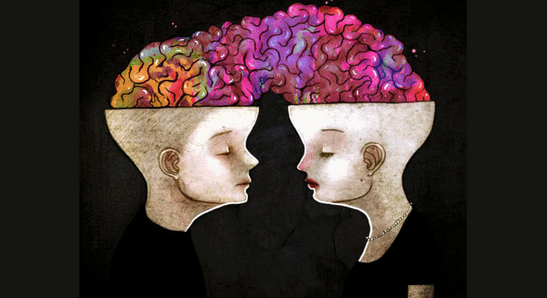
Although we won't let robots take over the world, it's clear that robots will be able to meet our needs, proactively provide advice, and serve us. The truth is, we don't need to understand technology. Instead, technology will try to understand humans.
Humans have a lofty goal
The digital revolution means that humans are used to using computers all day, connecting with each other on social media, and even more complex activities, such as learning how to use Photoshop. In the fourth industrial revolution era, technology will be further developed behind the scenes, becoming a supporting role, rather than major innovations such as equipment and operating systems. In fact, in the end, people's enthusiasm for electronic products will fade.
What is the next operating system, and who cares? We won't think too much about what's new in the next iPhone or the latest Android system; we're concerned about how interfaces, hardware, and connectivity can meet the needs of different people.
The best example is Hyundai. I have mentioned that in the past few years, based on my tests of about 400 to 500 cars, I have found that technology has stagnated in the automotive industry. The entire industry is waiting for the introduction of robotic cars. But what would it look like? As a basic concept, it means that cars will be able to actively understand human needs. More important is the device of personalization rather than sensors.

The car will know that we need to arrive before the mall closes. When my Toyota car reminded me for the first time and told me about the traffic problem, I knew that the "autopilot car revolution" had begun. My idea is not that when the car can help us avoid other vehicles, because I believe this is the easiest, and the sensor on the car can recognize whether the road ahead is closed. This is one of the simplest things. And the robot car knows that I like to buy things in Cabela and then send me over, it is a completely different level of things. Once security is guaranteed, the next step, personalization, is even harder.
In order for smart sensors to function properly, the algorithms used in cars are based almost entirely on complex mathematics. Suppose a scenario where the car will travel at a specific speed, the obstacle in front is a construction sign, and the other vehicles begin to slow down. This is already good. However, smart cars can understand my needs and motivations, my itinerary, and even my priorities? This is an incredible challenge.
Artificial intelligence is actively understanding human needs
This is similar to Alexa, which is actually providing facts and information. At this point, they are not too personal.
Alexa didn't know much about me. I didn't even know the size of my shirt. After I started riding this summer, the size of the shirt was a little smaller. On the Amazon Echo speaker, many of the so-called artificial intelligence functions are just algorithms, similar to the sensor running in the car, they can search the database.   

However, the upcoming revolution is to make people intelligently understand the human brain, our preferences, our choices or desires. This requires a lot of effort. First of all, my preferences will change. Today I want to ride a bicycle. Tomorrow I want to go to the beach. Artificial intelligence will have to adapt, respond, adjust and reset, and repeat thousands of times every day.
It needs to work like a human brain, constantly making subtle adjustments based on variables. Real artificial intelligence is to serve human beings and understand human beings. We no longer need to understand or serve it. When we speak, it can hear. Our voice, we don't need to learn its parameters, instead, it will learn our parameters.
Of course, we haven't reached that point yet. Most of us still use smartphones all day long. By 2030, the robots will become adaptable human assistants, understand our behavior, and smoothly integrate into our daily life. Life, we will no longer be obsessed with technology, and technology will be obsessed with us.
[English source: VentureBeat compilation: Netease sees the compiler compiling robot: Xiao ka]
52 Jack,Professional Plastic 6p6c RJ45 ModularJack manufacturer is located in China, including Top Entry Rj45,6p6c Modular Connectors,RJ45 Connector Diagram, etc.
The RJ-45 interface can be used to connect the RJ-45 connector. It is suitable for the network constructed by twisted pair. This port is the most common port, which is generally provided by Ethernet hub. The number of hubs we usually talk about is the number of RJ-45 ports. The RJ-45 port of the hub can be directly connected to terminal devices such as computers and network printers, and can also be connected with other hub equipment and routers such as switches and hubs.
Plastic 6p6c RJ45 ModularJack,Top Entry Rj45,6p6c Modular Connectors,RJ45 Connector Diagram
ShenZhen Antenk Electronics Co,Ltd , https://www.atkconnectors.com
![<?echo $_SERVER['SERVER_NAME'];?>](/template/twentyseventeen/skin/images/header.jpg)